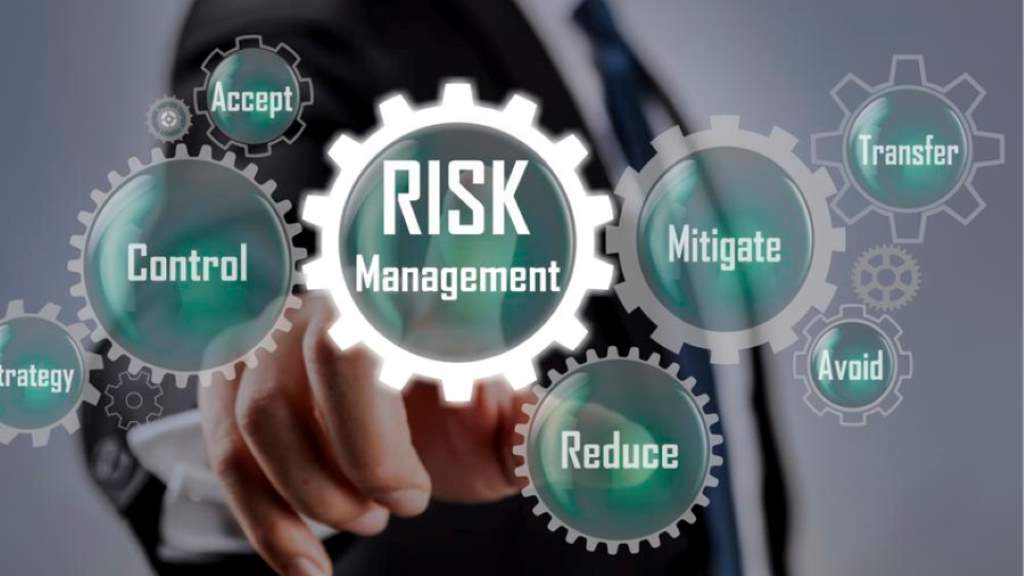How Much Risk is Too Much? Evaluating Opportunities for Success Potential
In the world of entrepreneurship, risk and reward are often intertwined. However, not all risks are created equal. Some opportunities may offer significant upside potential, while others may be fraught with danger. So, how much risk is too much? In this article, we’ll explore some strategies for evaluating opportunities and determining whether the potential for success justifies the associated hazard.
Understanding Risk Tolerance
Before diving into specific evaluation criteria, it’s important to understand your own risk tolerance. This is a personal factor that varies from individual to individual. Some people are comfortable taking big chances, while others prefer a more cautious approach. Your risk tolerance will influence your decision-making process and ultimately determine which opportunities you pursue.

To determine your risk tolerance, consider the following:
- Financial situation: How much money can you afford to lose?
- Experience: How experienced are you in the field you’re considering?
- Personality: Are you naturally risk-averse or risk-seeking?
- Goals: What are you hoping to achieve?
Once you have a good understanding of your stake tolerance, you can start to evaluate project opportunities more objectively. This involves using project opportunity identification techniques to assess each potential venture’s alignment with your goals and hazard profile. For further insights on how to refine this process, you can read more about advanced strategies in the field.
Evaluating Opportunity Risk
There are several factors to consider when evaluating the danger associated with an opportunity. These include:
- Market size: How big is the potential market for your product or service?
- Competition: How competitive is the market?
- Financial projections: What are your expected revenues and expenses?
- Team: Do you have a strong team in place to execute your plan?
- Timing: Is the timing right for your product or service?
- Regulatory environment: Are there any regulatory hurdles you need to overcome?
By carefully considering these factors, you can get a better sense of the risks and rewards associated with an opportunity.
Calculating Success Potential
In addition to evaluating risk, it’s also important to calculate the potential for success. This involves considering factors such as:
- Profitability: What is the potential profit margin for your product or service?
- Growth potential: How quickly could your business grow?
- Exit strategy: What is your exit strategy? How will you realize a return on your investment?
By calculating the potential for success, you can determine whether the potential reward justifies the associated risk.
Balancing Risk and Reward
Once you have evaluated the risk and calculated the potential for success, you can start to balance the two. This is where your tolerance comes into play. If the potential reward is high and you’re comfortable with the level of risk, then it may be worth pursuing the opportunity. However, if the potential reward is low or you’re not comfortable with the stake, then it may be best to pass.
Making the Decision
Ultimately, the decision of whether or not to pursue an opportunity is a personal one. There is no right or wrong answer. The best way to make a decision is to carefully consider all of the factors involved and then weigh the dangers and rewards. If you’re still unsure, it’s always a good idea to consult with a trusted advisor.
Tips for Managing Risk
There are several things you can do to manage risk and increase your chances of success. These include:
- Conduct thorough research: Before making any decisions, be sure to conduct thorough research on the opportunity you’re considering. This includes researching the market, the competition, and the financial projections.
- Build a strong team: Surround yourself with a strong team of people who have the skills and experience necessary to execute your plan.
- Develop a contingency plan: Always have a contingency plan in place in case things don’t go as planned.
- Get feedback: Seek feedback from trusted advisors and mentors.
By following these tips, you can reduce the hazards associated with your venture and increase your chances of success.
Conclusion
In the world of entrepreneurship, risk is inevitable. So, how much risk is too much. However, by carefully evaluating opportunities and managing chances, you can increase your chances of success. Remember, the most successful entrepreneurs are not those who avoid threat altogether, but rather those who take calculated risks and are prepared for the challenges that lie ahead.













